On the brightly lit streets of the United States, beggars in ragged clothes are still a common sight in the city. But in our country, the beggars who once roamed the streets seem to have suddenly disappeared without a trace. What is going on?
Why is it that in the economically developed and materially abundant United States, beggars are still difficult to eradicate, while our streets seem to be much quieter?

This article will reveal four major reasons and uncover the truth behind this phenomenon. These reasons not only involve differences in policies and social structures, but also deep-seated cultural and economic factors.
From government intervention to social welfare, from citizen awareness to economic development models, each factor has played a key role in this change. So what stories and revelations are hidden behind these changes? What can we learn from them?
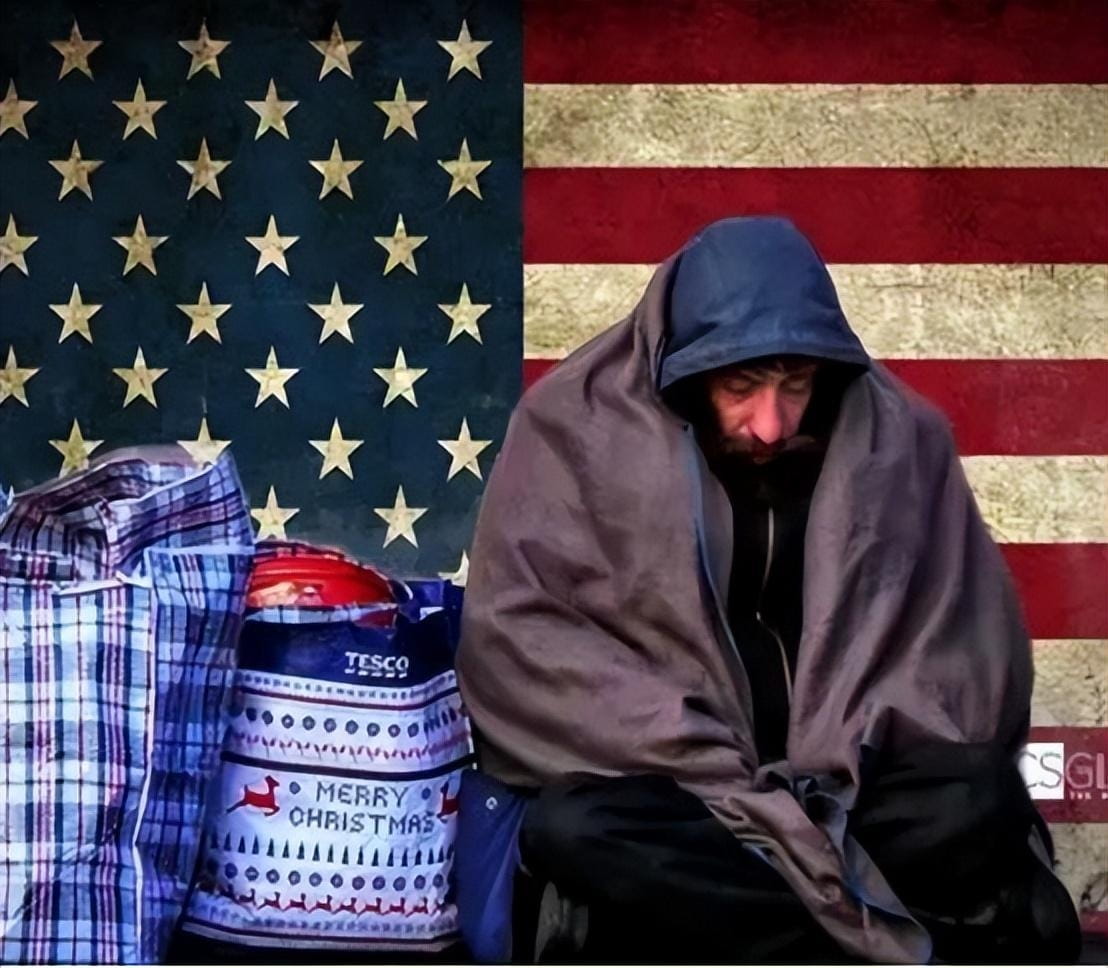
1. Why are there so many beggars among wealthy Americans?
In the eyes of the world, the United States is often portrayed as a land of unlimited opportunities and abundance. However, digging beneath the surface, there is an unknown truth: despite the world's largest economy and the highest per capita GDP, the gap between the rich and the poor is rapidly widening, pushing society to the brink of polarization.
While the financial tycoons on Wall Street and the technology giants in Silicon Valley are accumulating unimaginable wealth, on the other side of the city, more and more people are becoming beggars, being ruthlessly marginalized under the aura of wealth.
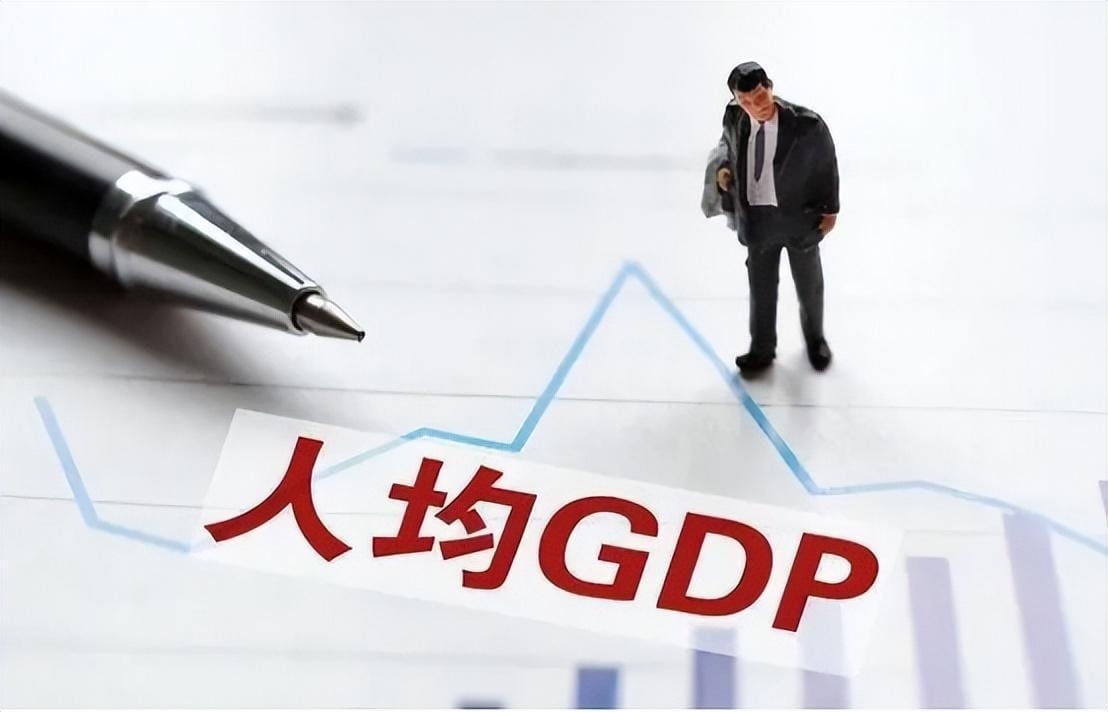
This contradictory scene not only reflects the serious inequality in wealth distribution, but also reveals a deeper social problem: even in resource-rich countries, a large number of people cannot enjoy fair social welfare and economic opportunities.
The reasons behind this phenomenon are complex, involving taxation, education, health care and housing policies, which are often designed to protect the interests of the wealthy rather than universal fairness. As a result, a seemingly prosperous society actually hides deep structural problems that hinder real social mobility.

As this contradiction becomes increasingly serious, how to balance economic development and social equity has become a major challenge facing policymakers. This is not only an internal affair of the United States, but also has global impacts, affecting everyone who cares about international economic and social justice.
2. Reasons for the decrease in beggars in China
The Chinese government has implemented a series of policies over the past few decades aimed at reducing the number of street beggars through social management and economic regulation.
These policies involve comprehensive reforms from the urbanization process to the social welfare system, and are implemented through direct assistance to low-income people.
With the rapid advancement of urbanization, a large number of rural residents have flocked to cities in search of better living and working opportunities. In order to cope with the various social problems arising from this, the government has to innovate and adjust its social management strategies to ensure the stable and harmonious development of cities.
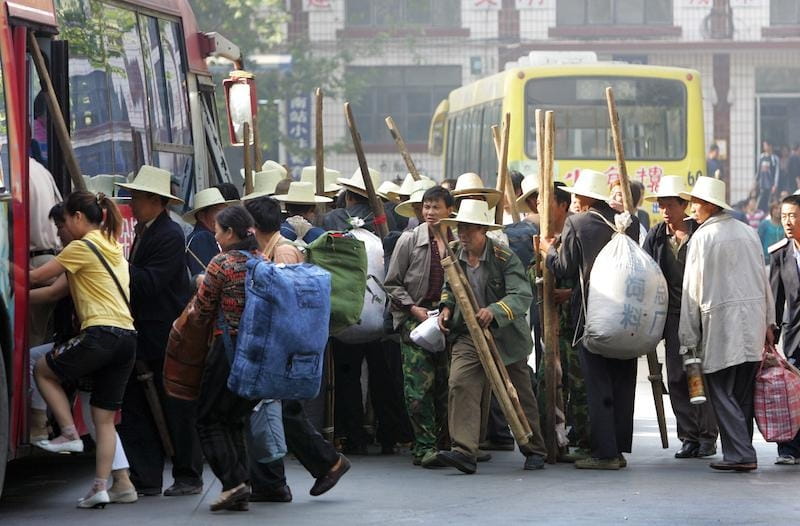
The rapid development of urbanization has brought huge economic benefits, but it has also caused many social conflicts, especially the living conditions of low-income people.
To ease these contradictions, the Chinese government has increased its investment in the social welfare system, focusing on reforming medical, education and housing policies to ensure basic living security.
In addition, the government has implemented a series of direct assistance programs, such as minimum living security and unemployment benefits, to ensure that those who need help the most can get support. These measures have greatly reduced the number of people living on the streets due to economic difficulties and fundamentally improved their living conditions.
However, the high level of state intervention has also sparked some controversy. Critics point out that long-term reliance on government assistance may undermine individuals' ability to be self-reliant, while excessive social management may infringe on personal freedom.
The sustainability of this policy has become an important point of discussion. In the face of these criticisms, the government needs to constantly adjust and improve its strategy to achieve long-term social stability and economic development. Whether this model can continue to be effective is a key test for future social development.
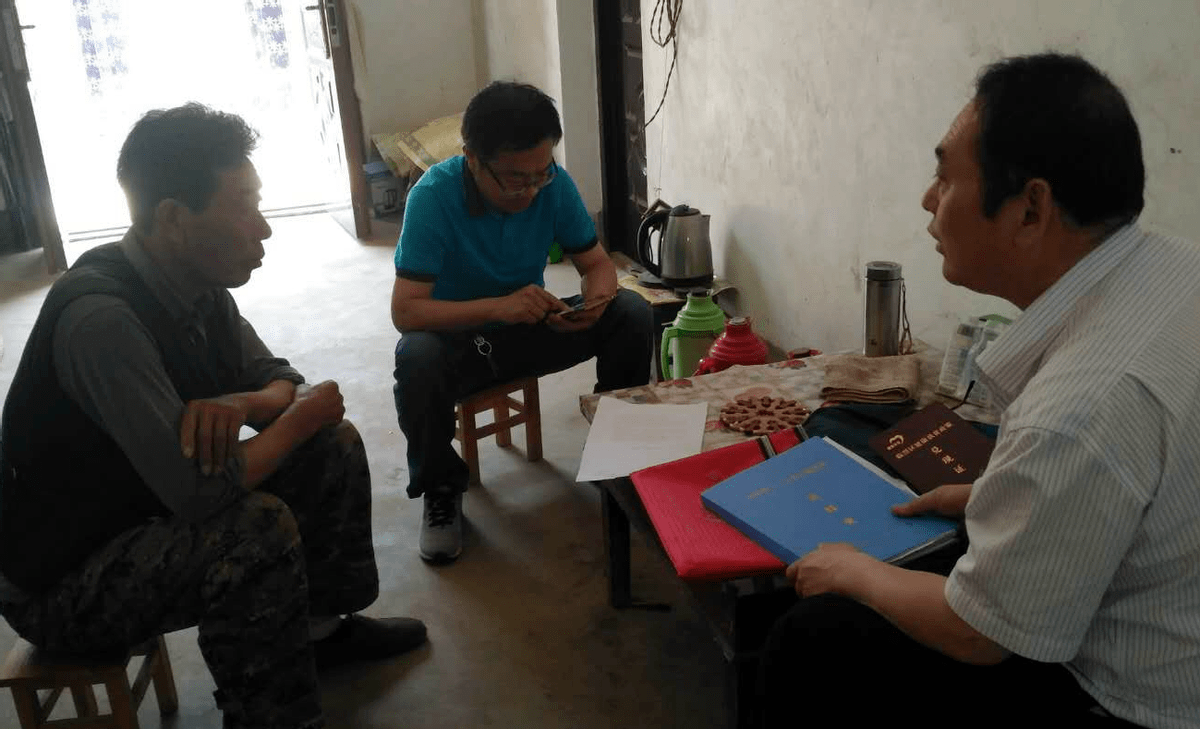
By comparing the different strategies of the United States and China in dealing with grassroots social issues, we can see two completely different social management models.
3. Comparison of education in China and the United States
When exploring the issue of social mobility, the role of the education system cannot be underestimated. The education systems in the United States and China have fundamental differences in design and goals, and these differences directly affect the patterns of social mobility in the two countries.
The United States, as a country that advocates freedom and individualism, has an education system that ostensibly provides equal opportunities, but in reality the distribution of educational resources is extremely unbalanced.
High-quality educational resources are often concentrated in wealthy areas, while economically weaker communities are equipped with poorer educational facilities and teachers. This uneven distribution of resources has exacerbated social stratification, making it more challenging for students from low-income families to climb up the social ladder.
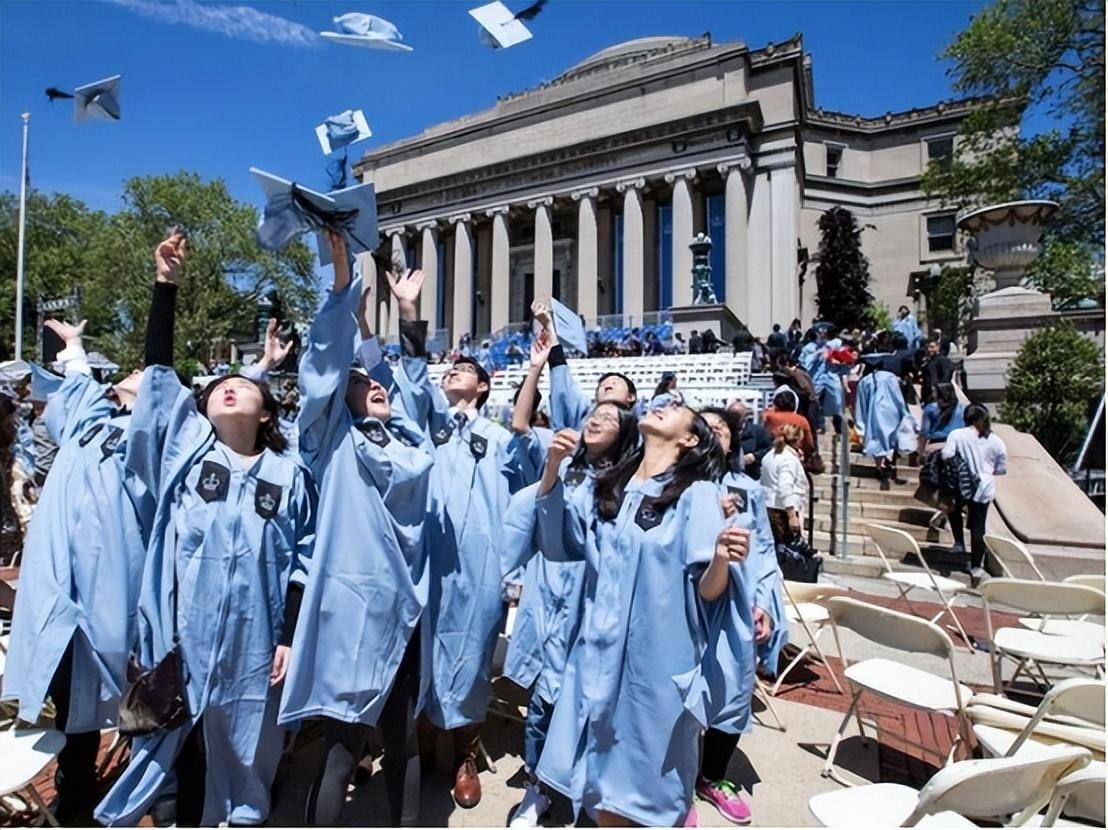
Compared with the situation in the United States, China's education policy pays more attention to fairness and inclusiveness.
The Chinese government has taken a variety of measures to ensure the rational allocation of educational resources, such as implementing a compulsory education policy, increasing investment in education in rural and poor areas, and promoting the college entrance examination system. The latter, in particular, serves as a competitive platform open to almost everyone, theoretically providing members of all levels of society with the opportunity to change their destiny through education.
Despite problems such as the huge pressure of exam-oriented education, China's education system has achieved certain results in promoting social mobility, enabling some children from low-income families to enter the middle and upper levels of society through education.
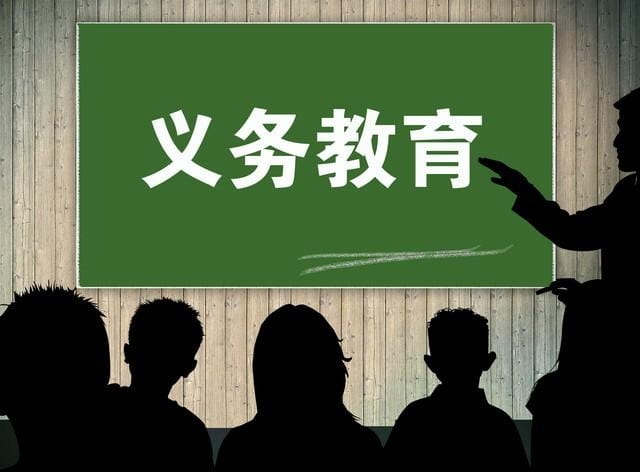
However, the relationship between educational equity and social opportunity is not without controversy. In the United States, although higher education is regarded as an important channel for social mobility, the high tuition fees and education loans have become a heavy burden for many families.
In China, although educational resources are distributed evenly to a certain extent, the college entrance examination system has been criticized for being too cruel and sometimes solidifying social classes.
These differences in education policies have influenced how and how effectively each country addresses poverty, sparking widespread discussion on how to truly achieve social justice and mobility through education.
By analyzing the education systems of the United States and China, we can not only see how education affects social mobility, but also reflect on the limitations of current education policies and future improvement directions. This comparison not only reveals the profound impact of education on social structure, but also provides valuable experience and inspiration for other countries in the world in their pursuit of social equity and development.

IV. Profound Impact of Immigration Policy and Social Structure
The immigration policy of the United States has always been a hot topic in its social policy discussions. While pursuing diversity and inclusiveness, the United States also faces serious challenges from illegal immigration.
Due to the limitations and complexity of legal immigration, a large number of people seeking a better life enter the United States illegally. These illegal immigrants are often forced to accept low-paying jobs, live in unstable environments, and have difficulty obtaining formal social security, thus forming a marginalized group in society.
Their existence not only triggers heated debates about law, human rights and social equity, but also has an impact on social resource allocation and public safety.
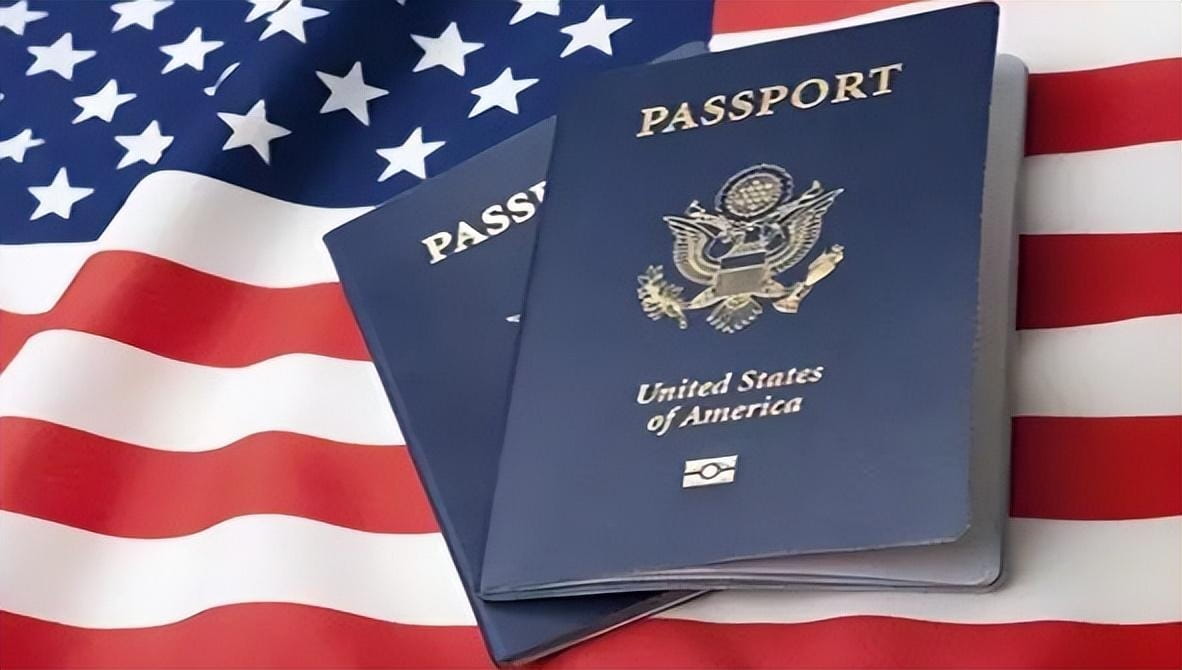
This situation exacerbates the division in society between, on the one hand, citizens with legal status and full rights, and, on the other hand, illegal immigrants who are in a vulnerable situation and have limited rights.
In stark contrast is China's immigration and household registration policies. China uses a strict household registration system to control population mobility, especially migration from rural to urban areas.
The original intention of this system was to manage the rapid urbanization process and prevent the formation of urban slums. However, it also resulted in a large number of rural residents being unable to enjoy the same public services such as education, medical care and housing as urban residents, thus forming a new social stratification problem.

Although this policy has maintained the stability of the social structure to a certain extent, it has also suppressed individual social mobility and had a dual impact on economic development and social harmony.
Conclusion:
These two starkly different policies reflect the balance between freedom and control and raise an important question: How can we properly manage and utilize the dynamics brought by immigration without sacrificing social stability and economic development?
The United States' inclusive policy and China's controllable policy each have their pros and cons, but both point to a common challenge - how to design fair and effective immigration policies to promote economic development while protecting the legitimate rights and interests of all social classes.






